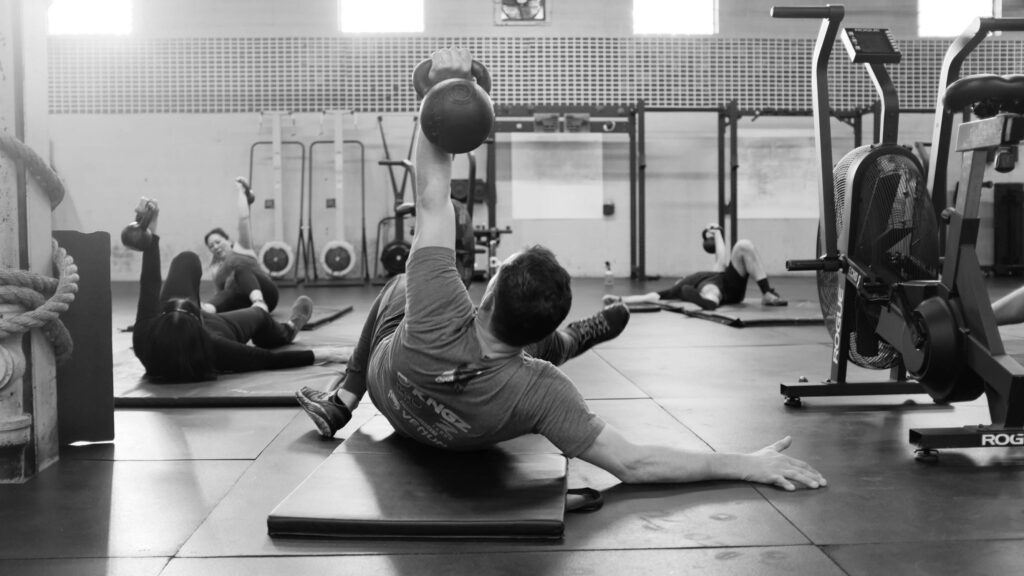No exercise is useful.
Is that a good opener? Something bold or controversial to push engagement? Something sort of true, but stripped of context so people will get annoyed enough to comment. Maybe something wild enough to be considered “brave” or iconoclastic? Something to get people talking, bickering even… after all – nothing brings people together like a good pointless argument.
The thing is: regardless of what is rewarded on media platforms, subtlety is not my enemy.
And context is everything.
In fact, nuance is what I offer – it is what sets me apart from a spreadsheet, what makes me more useful than google.
“It depends” is a constant refrain.
And to add a bit of vital nuance to the opening statement, I will say that no exercise is inherently useful.
An exercise is simply a word. A shorthand for a particular pattern, a dance of sorts. A collection of movements that creates the agreed upon shapes and we all sort-of agree that a thing has been done, a box has been checked, and we can move on to the next thing.
An exercise is useful the way a word is useful. It is a vehicle. A box. A collection of shapes that trigger recognition, that opens and unfolds. But there is a difference between the contents and the container.
Ultimately, the meaning is made by the listener.
It can be influenced by the speaker.
While a formal definition is usually fairly clear, the truer meaning is a matter of shades. We use tempo and inflection, repetition and meter, context clues and, when circumstance demands it: the occasional. Fucking. Expletive.
The exercise itself is not what is useful – the meaning is. The message. The reason behind the choice. I have seen far too many pieces of advice online about what exercises are overrated and which are essential, what you should do every day and the move that “9 out of 10 trainers call a waste of time” – I once heard a competent and semi-famous trainer state on a podcast that goblet squats were useless, that your arms and upper back will give out before your legs can get a stimulus so there is no point.
It is vital to interrogate your priors, to be specific and not to take advice from someone who hasn’t done the same. If your focus is to move the maximal load with your hips, hamstrings, and quads AND you are already fairly competent with a series of squat variations AND confident in the strength of your back and movement patterns then perhaps there are more useful movements than heavy goblet squats. I am happy to accept that the specific trainer in question is not driven closer to his current goals by that movement, but that is a wildly different statement.
The exercise is useless without intent. Or, perhaps I should say the exercise is made useful by intent. Without intent it is like a dance without soul, it is reciting a love letter in a language you don’t even speak – and no amount of proper grammar can replacement honest emotion. Following a motion may help you understand your body, but only so long as you carry that intent to learn. Think of it as a manifestation of motivation. What are you saying with your movement? What are you asking? Are you looking to recruit more muscle fiber from your hamstring? Feel that your problems would be solved by bigger triceps? Are you trying to work an explosive hip to knee to foot pattern or just to try out something you saw on instagram? These are all fine reasons – reasons that can make sense of a movement, or highlight why you should pick a different variation or pattern entirely.
Without understanding the why you will never experience the how. It is the reason that speaks to our soul and to our bones. Reason breathes life into a movement and gives it purpose. Being able to articulate why you are doing something. Being willing to examine the efficacy of those choices. And being able to change course when reality trumps opinion.
Nothing is useful unless you make it so.
Honest intent and insatiable curiosity will take you much further than bio-hacks and internet arguments.
Focus on meaning, and always doing better. The rest will usually fall into place.
